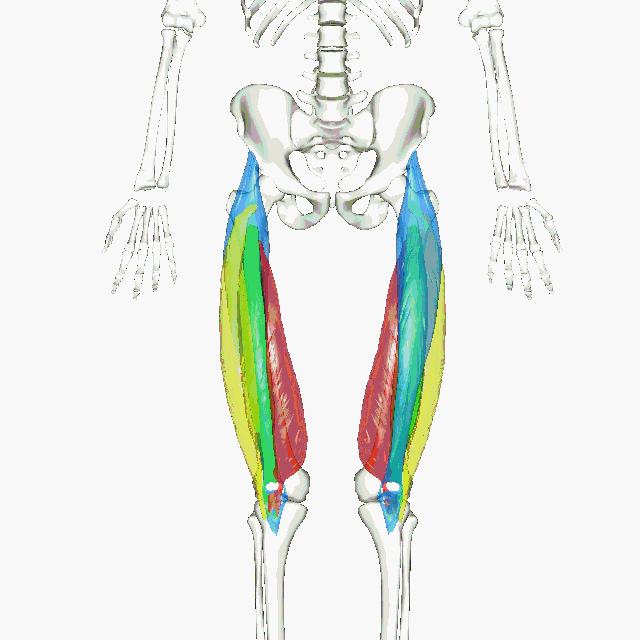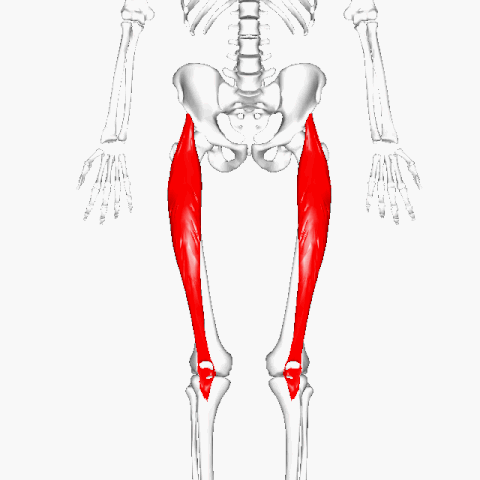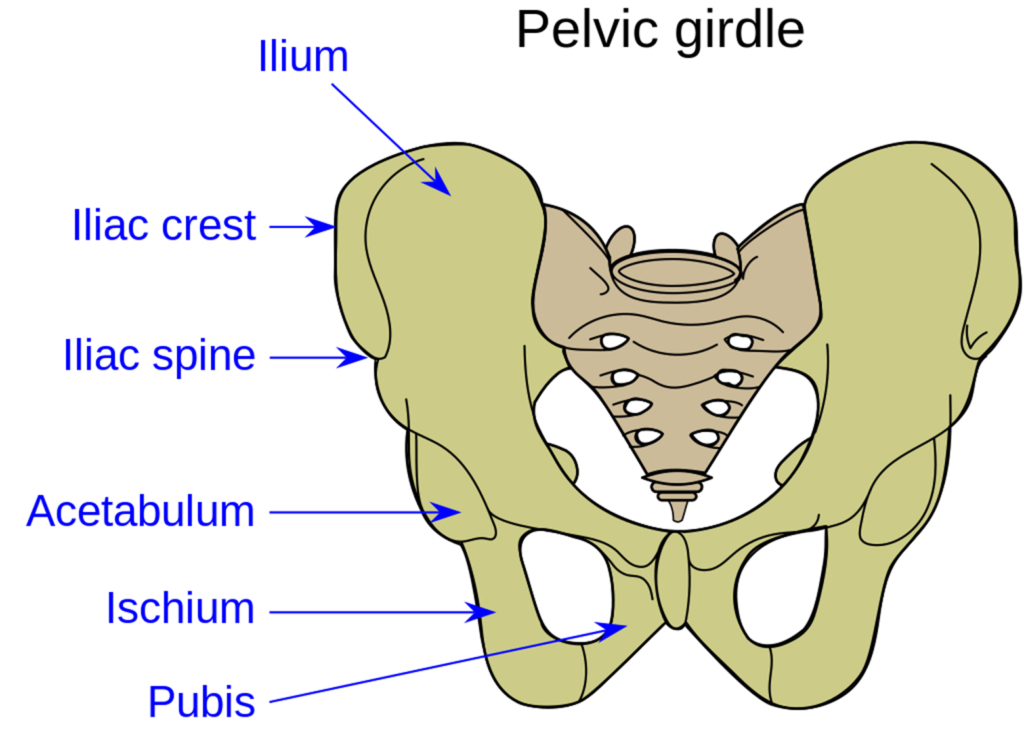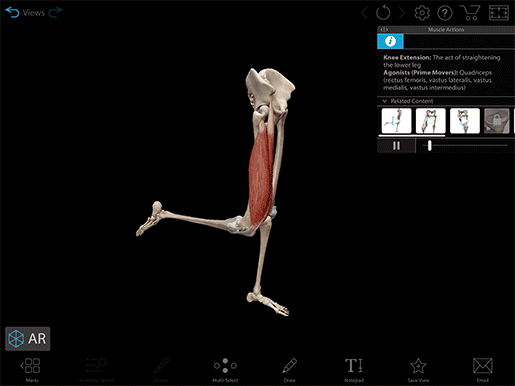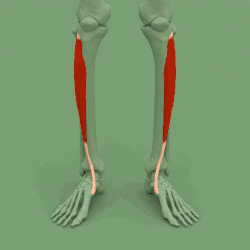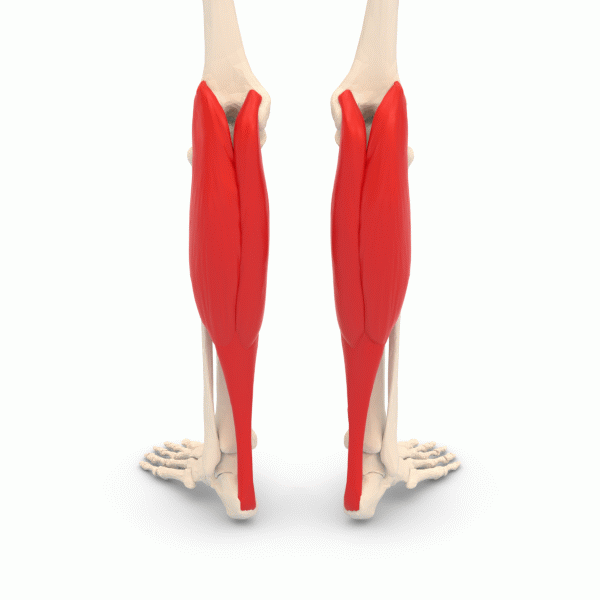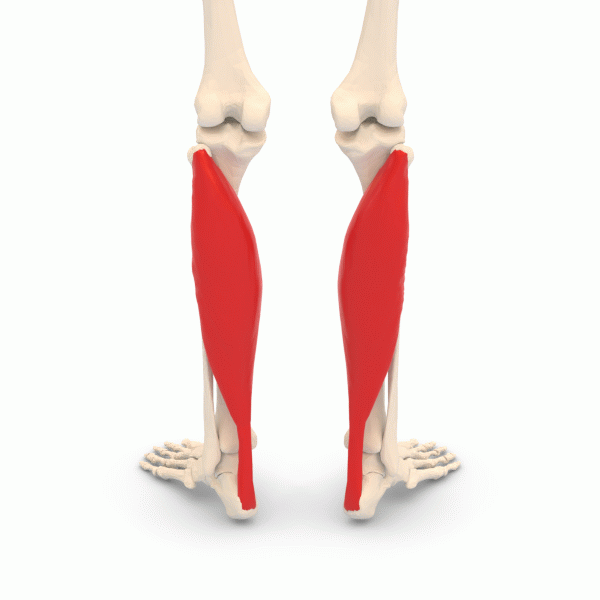Learning Objectives
By the end of this section, you will be able to:
Identify, locate, and describe the origin, insertion and function of the major upper and lower leg muscles.
Upper Leg Muscles
We will consider the following two muscle groups with opposing functions:
- quadriceps
- hamstrings
When the hamstring muscle group acts as the agonist (primary mover), the quadriceps serve as the antagonist (mainly counteracting the force generated by the agonist).

Lower Leg Muscles
These muscles generally move the foot and toes. The leg has three compartments as shown in the image below: anterior, lateral and posterior (deep and superficial). We will consider one muscle of the anterior and two muscles of the posterior compartments.

Lower Leg-anterior compartment
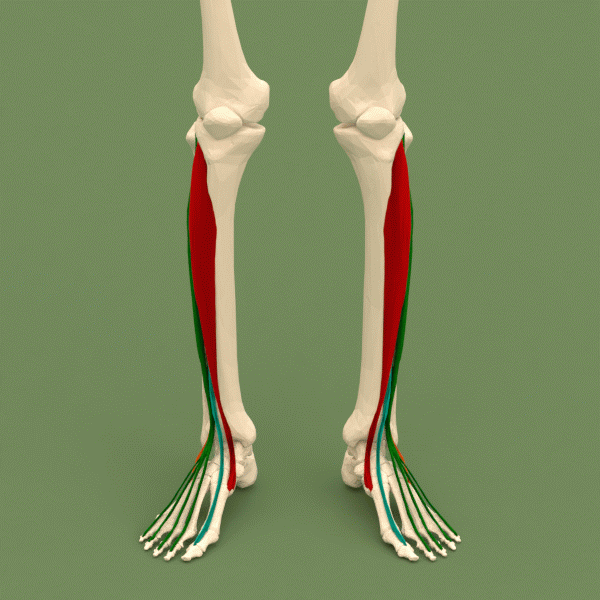
Lower Leg-posterior compartment
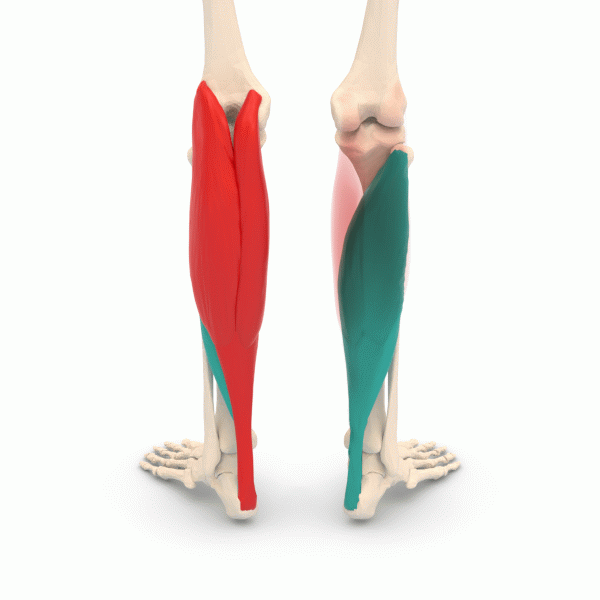
Test Your Knowledge
Try to correctly identify the lateral and medial heads of the gastrocnemius and two bones in the H5P exercises below.
Attributions
Gastrocnemius. Physiopedia contributors. Physiopedia (2022). Date retrieved 22 January 2024. https://www.physio-pedia.com/index.php?title=Gastrocnemius&oldid=298978
“BodyParts3D/Anatomography” by The Database Center for Life Science is licensed under CC BY-SA 2.1

